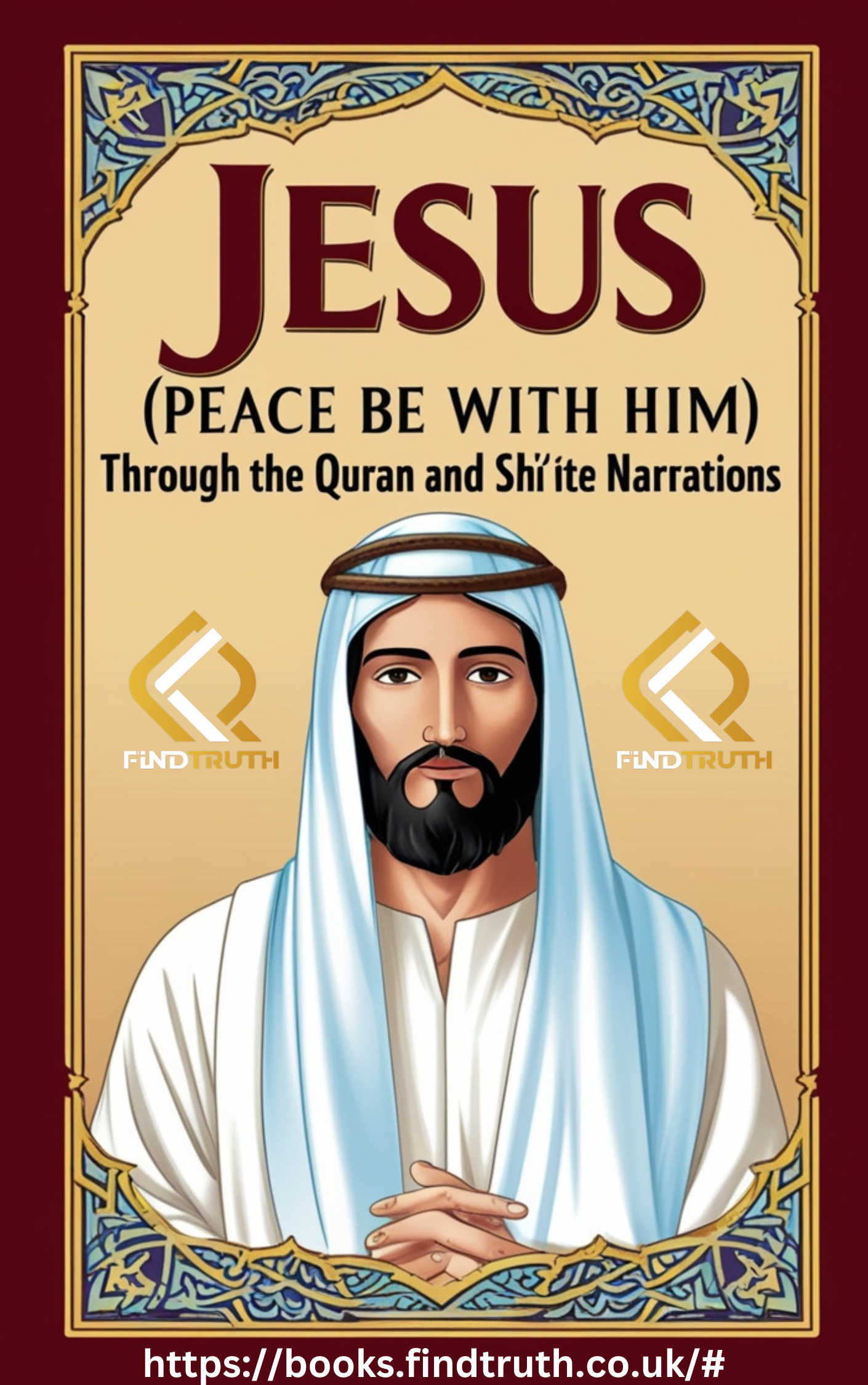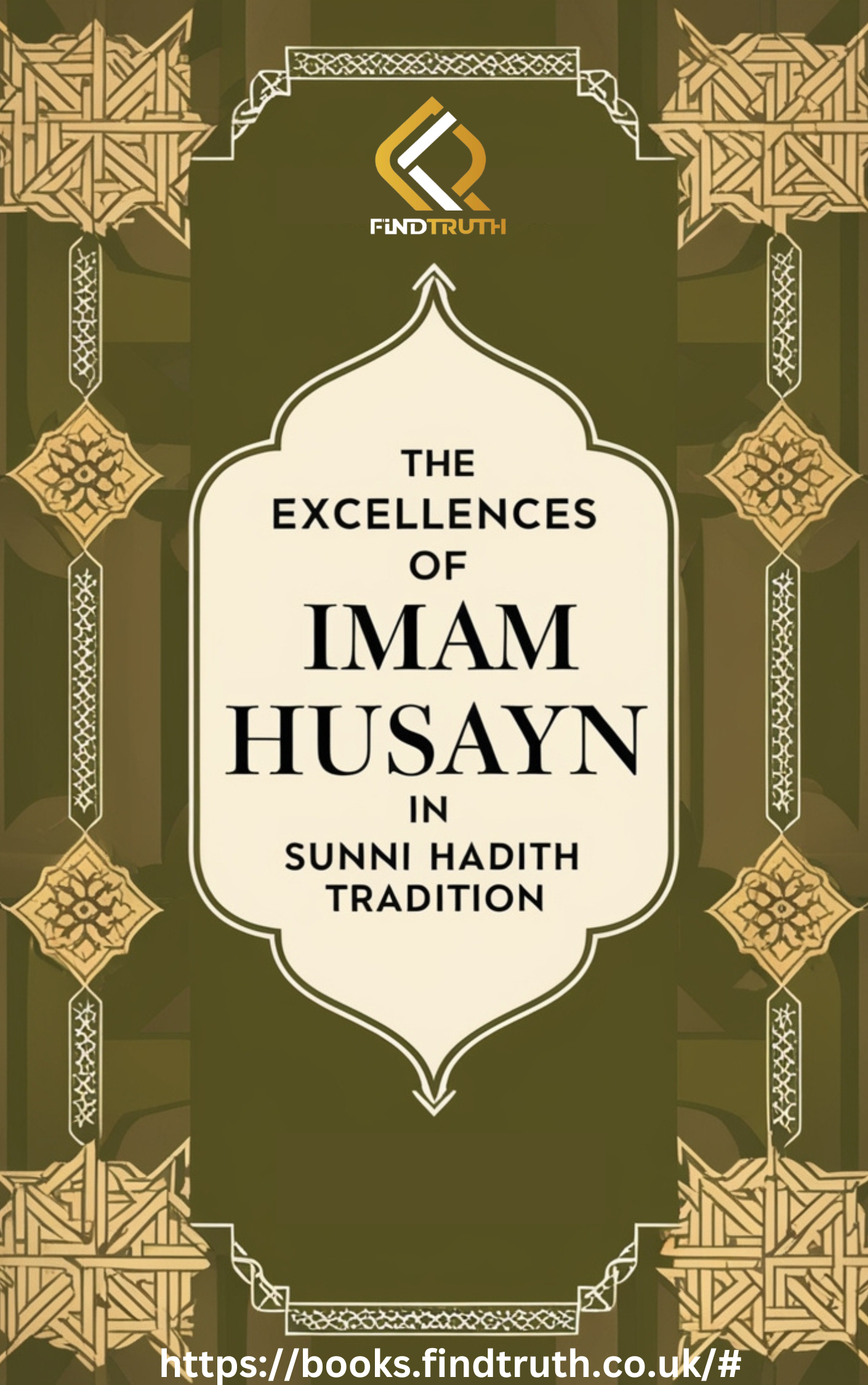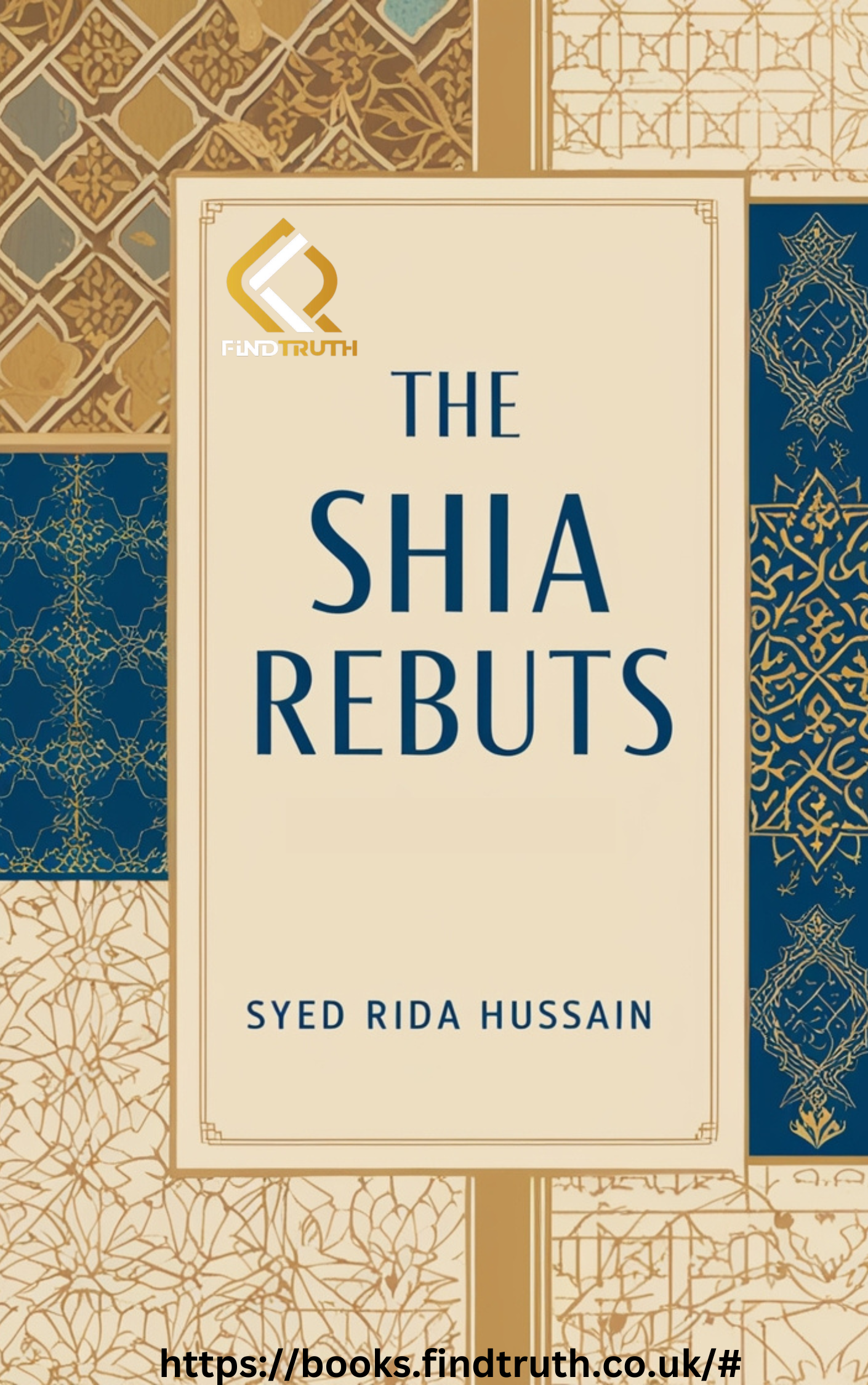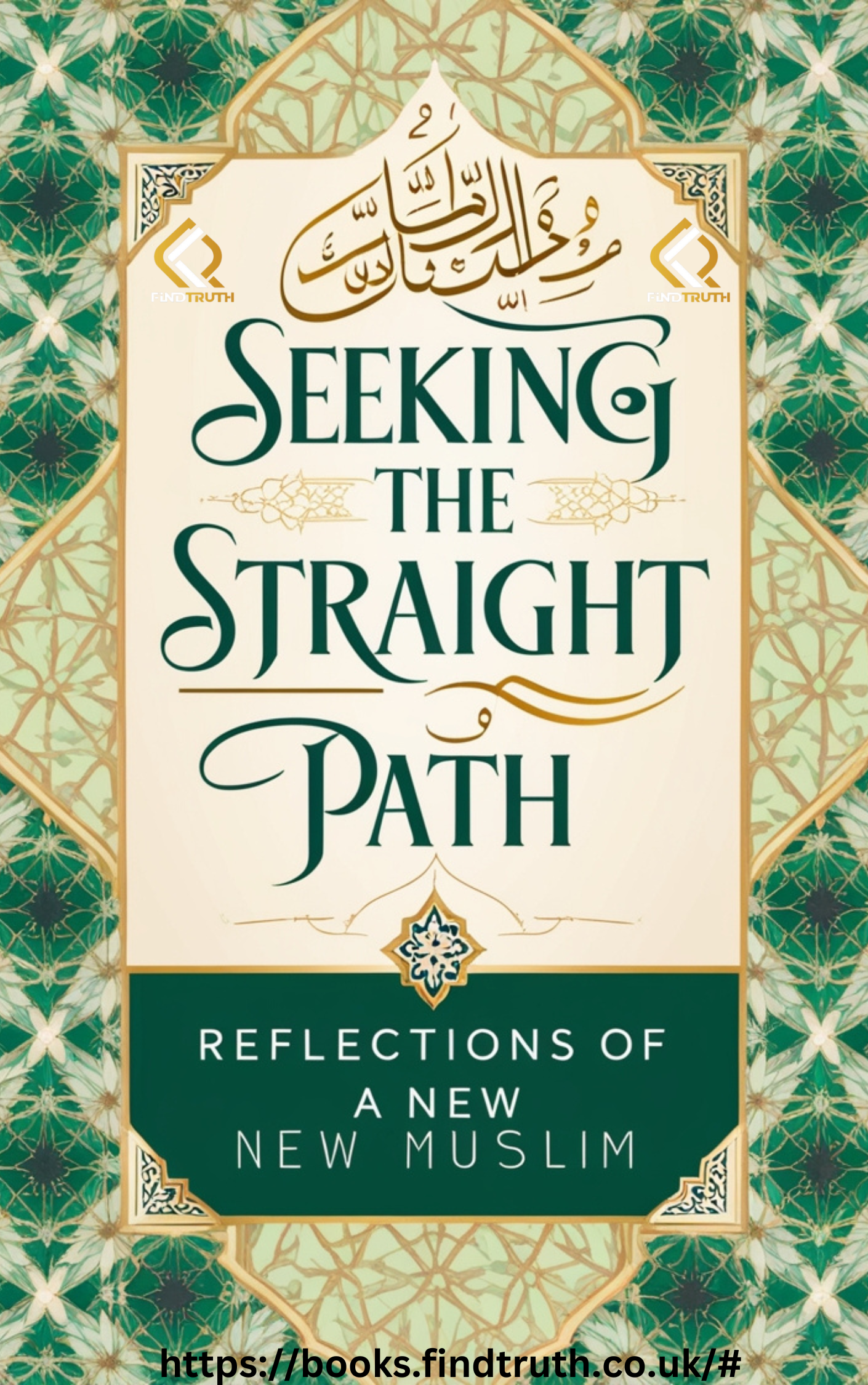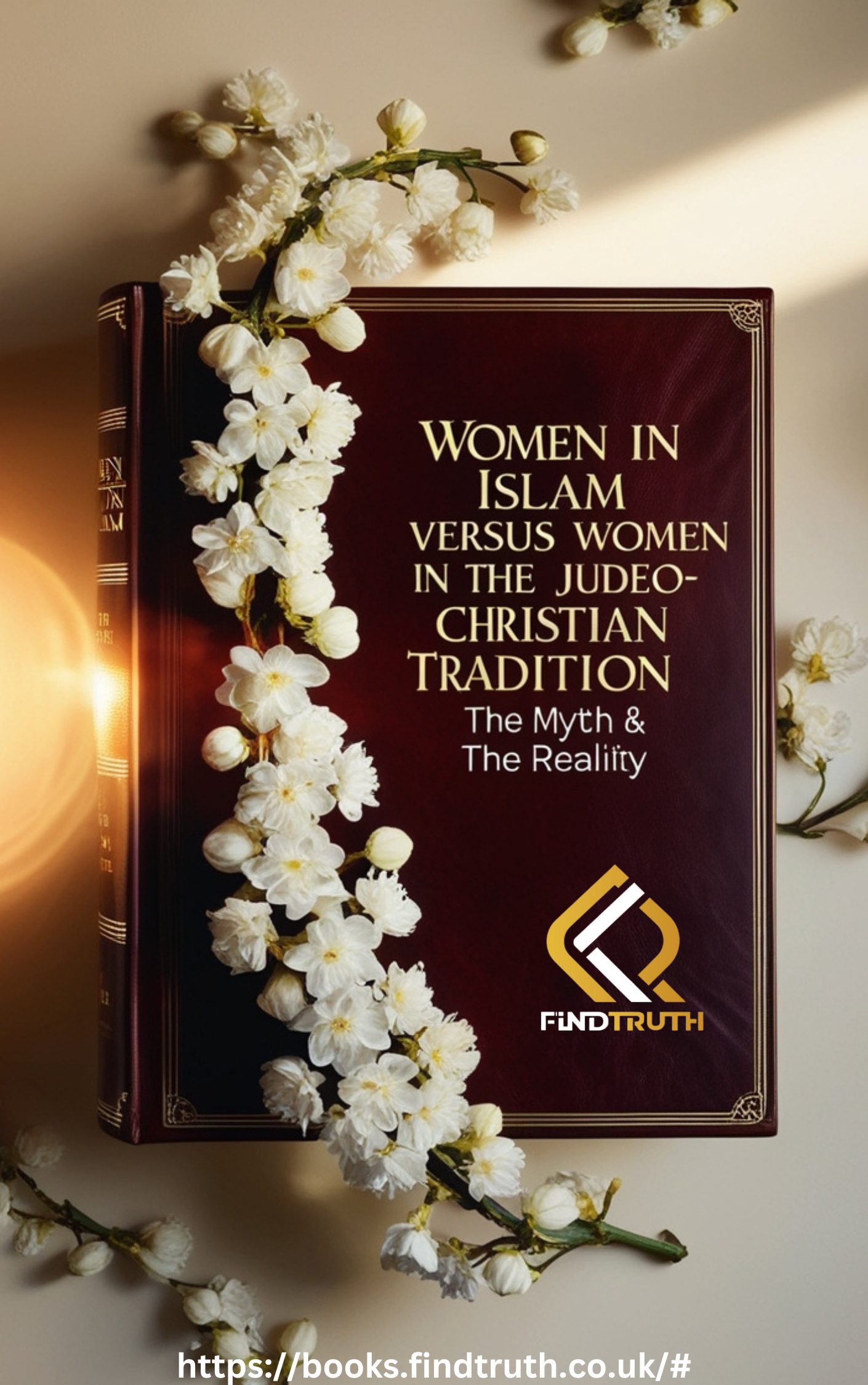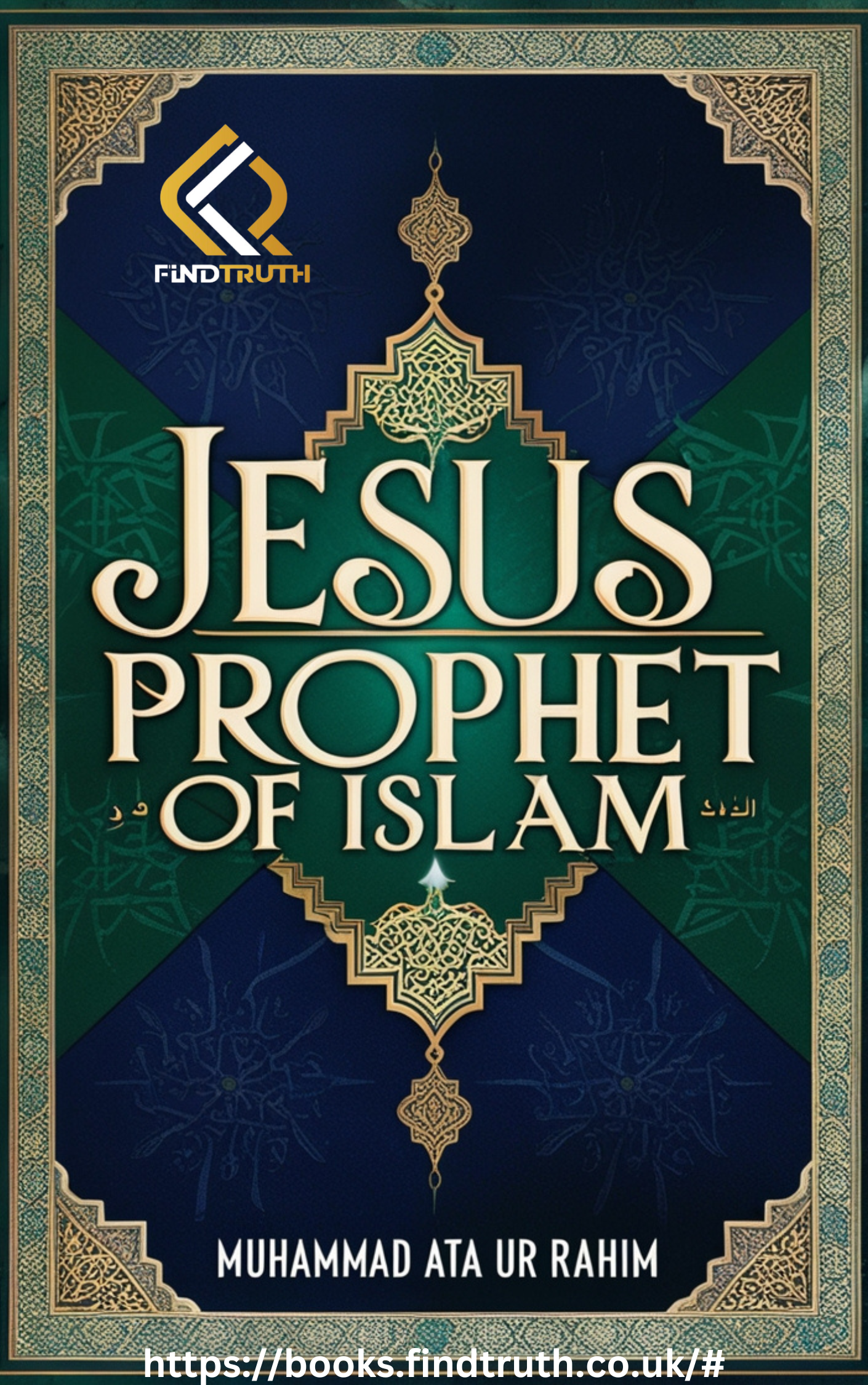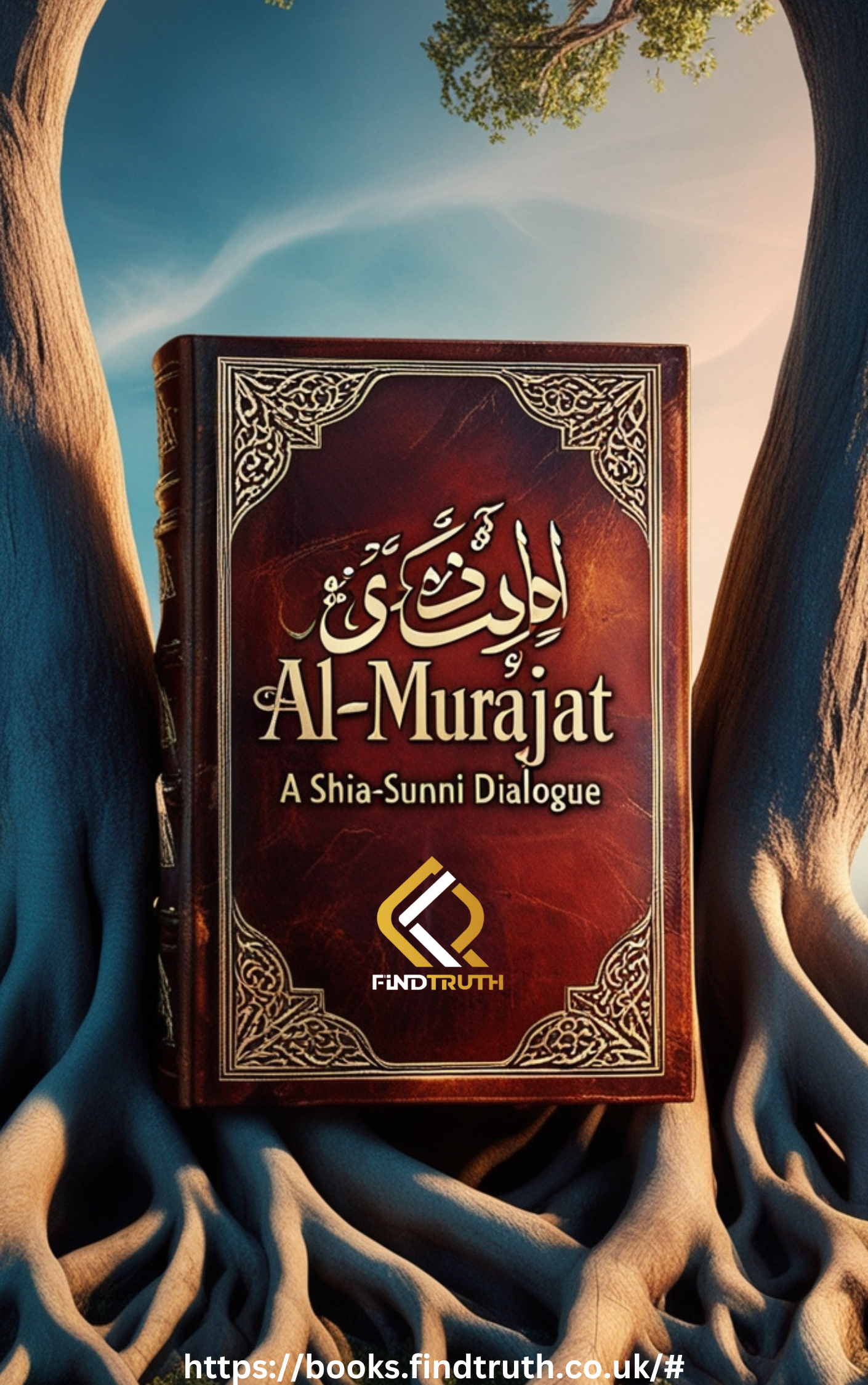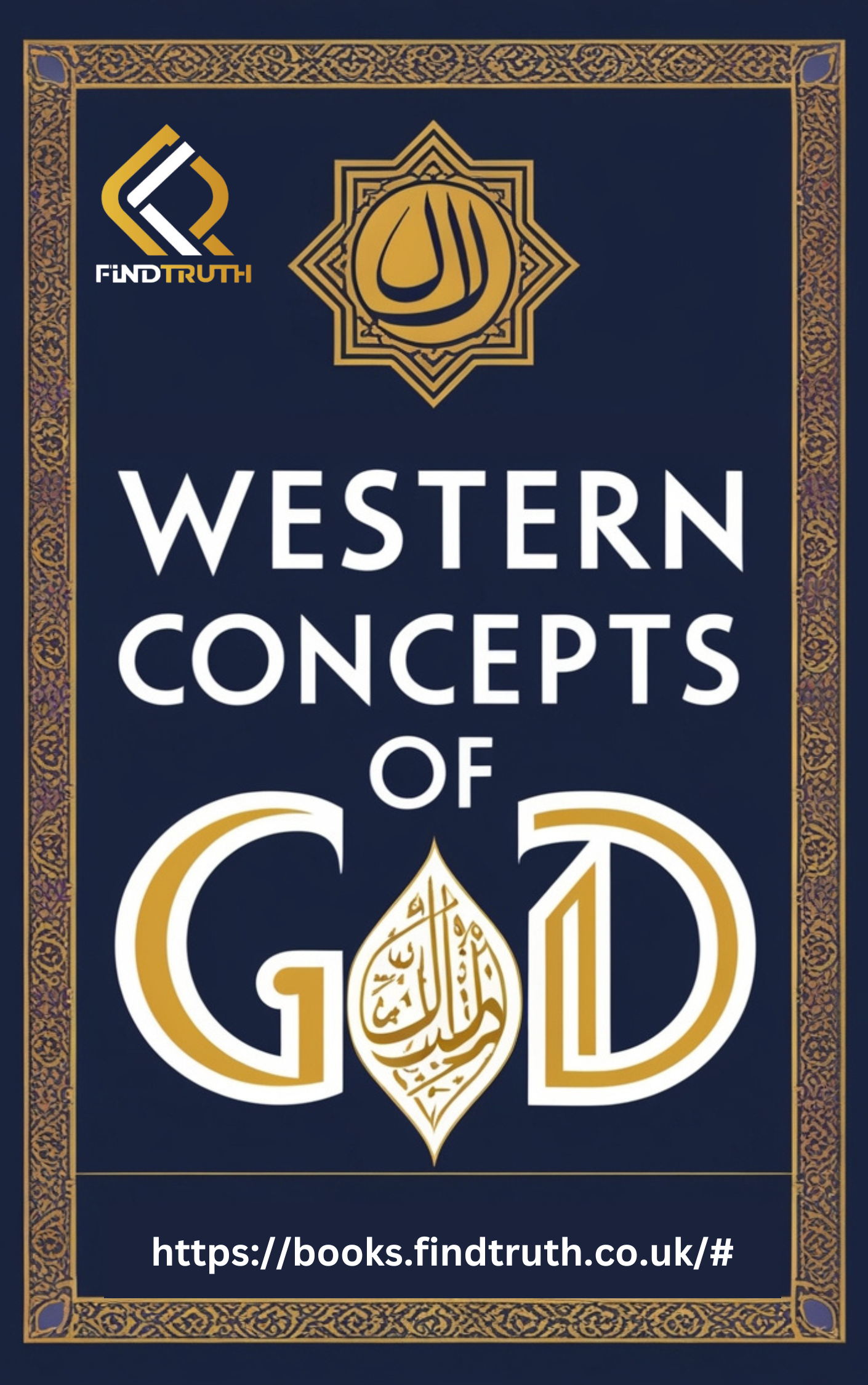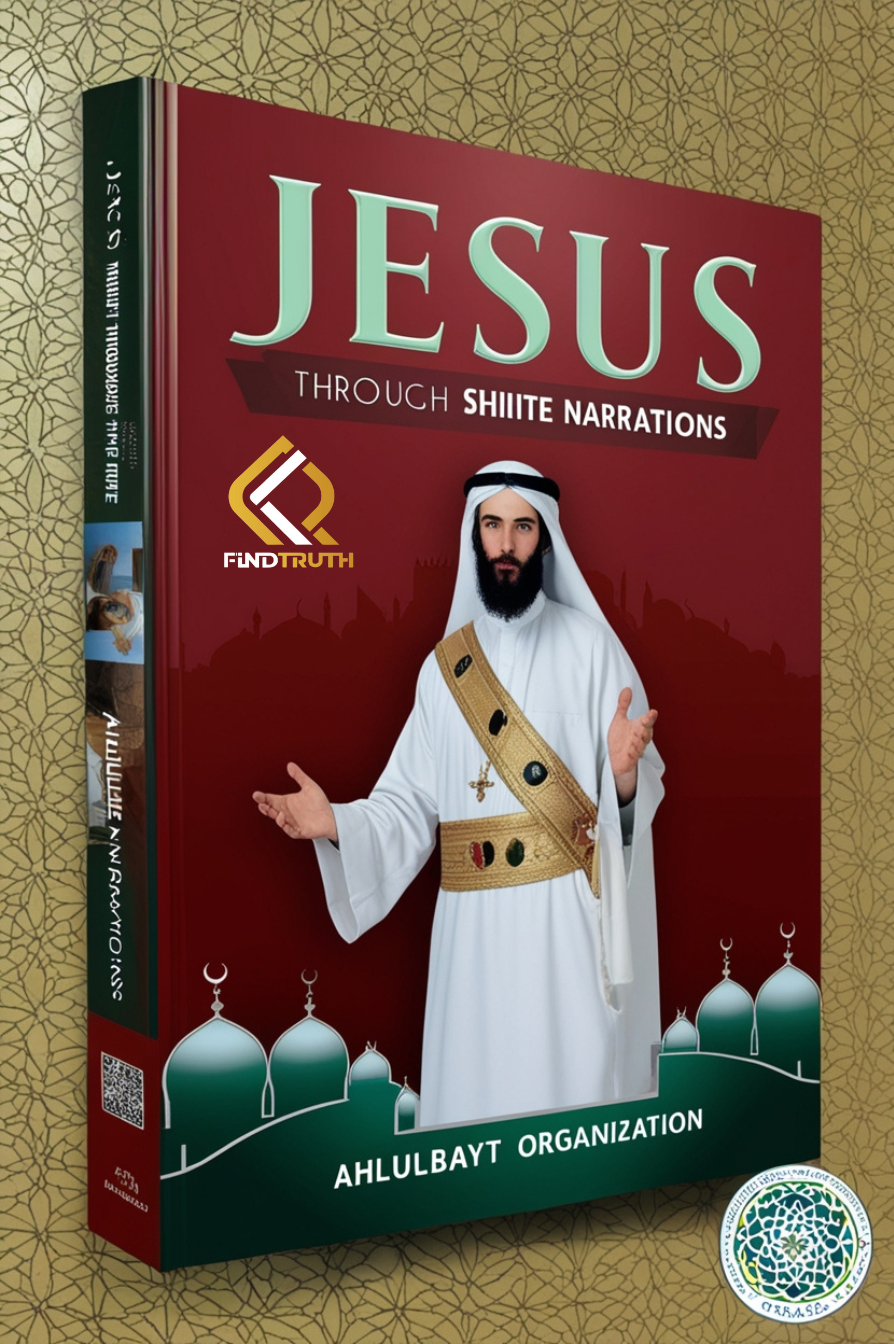
- Beliefs
-
Muslim Practices
- Salah (Daily Prayers)
- Sawm (Fasting)
- Hajj (Pilgramage to Makkah)
- Zakah (Charity Giving)
- Khums (Giving One-Fifth of Annual Saving)
- Jihad (Striving in the Way of God)
- Amr bil Ma'ruf (Encouraging Good)
- Nahy 'an al-Munkar (Stopping Evil)
- Tawalla (Loving the Prophet & His Family)
- Tabarra (Disassociating from the Enemies of the Prophet and His Family)
- Islamic Education
-
Akhlaq - (Ethics)
-
Quran & Sciences
-
Islamic History
-
Socio-Cultural
- Islamic Holy Places
-
Supplications
- Home
- Feature Selections ★
- Beliefs 🛐
-
Muslim Practices ☪️
- Salah (Daily Prayers)
- Sawm (Fasting)
- Hajj (Pilgramage to Makkah)
- Zakah (Charity Giving)
- Khums (Giving One-Fifth of Annual Saving)
- Jihad (Striving in the Way of God)
- Amr bil Ma'ruf (Encouraging Good)
- Nahy 'an al-Munkar (Stopping Evil)
- Tawalla (Loving the Prophet & His Family)
- Tabarra (Disassociating from the Enemies of the Prophet and His Family)
- Islamic Education
-
Akhlaq - Ethics 🔑
- Quran and Sciences 📖
-
Islamic History
- Socio-Cultural
- Islamic Holy Places
- eBooks
- Jesus (Peace be with him) through the Quran and Shi'ite Narrations
Jesus (Peace be with him) through the Quran and Shi'ite Narrations
(0 User reviews)
1536
517
Ansariyan Publications
Ansariyan Publications
2014
Jesus in the Quran, Islamic view of Jesus, Shi'ite narrations about Jesus, Jesus and Islam, Quranic miracles of Jesus, Jesus in Islamic history, Prophets in Islam, Jesus in Shi'a Islam, Christianity and Islam, Interfaith studies on Jesus
478
English
An insightful analysis of Prophet Jesus (PBUH) through Quranic verses and Shi'ite narrations, comparing Islamic and Christian views on his life and mission.
"Jesus (Peace Be with Him) Through the Quran and Shi'ite Narrations" provides an in-depth study of the role of Prophet Jesus (PBUH) in Islamic teachings. It explores Quranic verses and Shi'ite narrations that highlight the life, mission, and miracles of Jesus, as well as his status as one of the greatest prophets in Islam. The book offers a comparative perspective on how both Islam and Christianity view this pivotal figure.
There are no reviews for this eBook.
0
0 out of 5
(0 User reviews )
There are no comments for this eBook.
You must log in to post a comment.
Log in
Related eBooks
By using our site you agree to our use of cookies to deliver a better site experience.
